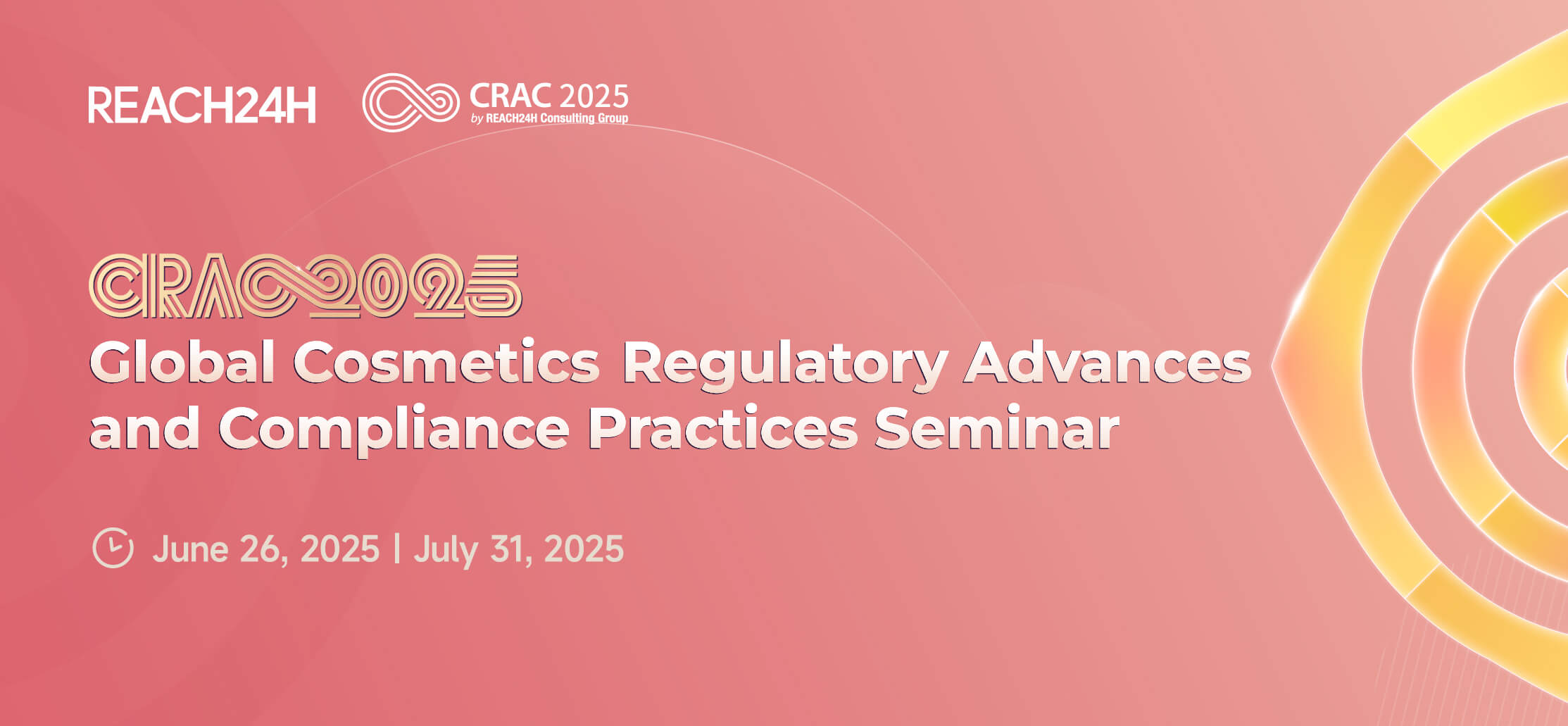Introduction
As exosome research gains momentum, its applications are expanding rapidly across the personal care, pharmaceutical, and regenerative medicine sectors. Exosomes—nano-sized vesicles (20–200 nm) secreted by cells—are rich in proteins, RNA, lipids, and polysaccharides. They play key roles in intercellular communication and physiological regulation.
While human-derived and animal-derived exosomes have dominated the field, interest is growing in plant-derived exosomes, which typically range from 40–150 nm in diameter and carry small RNAs and functional proteins. These are emerging as a promising research focus due to their safety and biocompatibility.
In the article, we will introduce the status of exosome-based ingredients in the U.S., and how to stay compliant for Exosome Products in the U.S. market, exploring how these tiny vesicles are revolutionizing industries.
The Status of Exosome-Based Ingredients in the U.S.
Despite the lack of dedicated federal regulations for exosomes, the U.S. market has already seen the entry of numerous exosome-related ingredients, especially in cosmetics and drug formulations. Regulatory oversight currently relies on general frameworks such as the Federal Food, Drug, and Cosmetic Act (FDCA), with human-derived exosomes facing stricter scrutiny than non-human sources.
Two primary public databases provide insights into exosome ingredient registration and usage in the U.S.:
PCPC wINCI Database: Lists International Nomenclature Cosmetic Ingredient (INCI) names registered with the Personal Care Products Council.
FDA CDER Drug Master File (DMF) List: Discloses drug-related filings containing exosome components.
Although these sources don't capture the full scope of products on the market, they offer valuable reference points for companies planning to enter the U.S. market.
Table 1 INCI Names Containing “Exosomes” Listed in the PCPC Online Database (as of February 2025):
| No. | INCI Name |
| 1 | Deer Amniotic Fluid Stem Cell Exosomes |
| 2 | Deer Velvet Stem Cell Exosomes |
| 3 | Human Adipose Derived Mesenchymal Cell Exosomes |
| 4 | Human Adipose Derived Mesenchymal Stem Cell Exosomes |
| 5 | Human Adipose Stromal Cell Exosomes |
| 6 | Human Amniotic Fluid Induced Pluripotent Cell Exosomes |
| 7 | Human Amniotic Fluid Mesenchymal Stem Cell/Trophoblast Cell Exosomes |
| 8 | Human Amniotic Fluid Stem Cell Exosomes |
| 9 | Human Cord Blood Derived Stem Cell Exosomes |
| 10 | Human Cord Blood Induced Pluripotent Cell Exosomes |
| 11 | Human Cord Blood Progenitor Cell Exosomes |
| 12 | Human Dermal Fibroblast Conditioned Media/Telomerase Exosomes |
| 13 | Human Dermal Fibroblast Induced Multipotent Cell Exosomes |
| 14 | Human Dermal Fibroblast Stem Cell Exosomes |
| 15 | Human Dermal Fibroblast Telomerase Exosomes |
| 16 | Human Embryonic Mesenchymal Stem Cell Exosomes |
| 17 | Human Endometrial Stem Cell Exosomes |
| 18 | Human Mononuclear Cell Induced Pluripotent Cell Exosomes |
| 19 | Human Umbilical Mesenchymal Stem Cell Exosomes |
| 20 | Human Umbilical Wharton's Jelly Mesenchymal Stem Cell Exosomes |
| 21 | Milk Exosomes |
| 22 | Pacific Cod Testis Exosomes |
| 23 | Pig Umbilical Mesenchymal Stem Cell Exosomes |
| 24 | Salmon Testis Exosomes |
Table 2 Products Containing “Exosomes” in the Latest CDER-Published DMF List (as of February 2025):
| No. | Products Containing “Exosomes” in the Latest CDER-Published DMF List (as of February 2025) |
| 1 | MILK EXOSOMES |
| 2 | MESENCHYMAL STEM CELLS EXOSOMES |
| 3 | EXOSOMES OF HUMAN UMBILICAL CORD MESENCHYMAL STEM CELLS |
| 4 | HUMAN UMBILICAL CORD MESENCHYMAL STEM CELL EXOSOMES |
| 5 | HUMSC DERIVED EXOSOMES |
| 6 | MESENCHYMAL STEM CELL-DERIVED EXOSOMES |
| 7 | MSCS EXOSOMES POWDER |
| 8 | HUMAN UMBILICAL CORD WHARTONS JELLY MESENCHYMAL STEM CELL EXOSOMES |
| 9 | HUMAN T CELL-DERIVED EXOSOMES |
| 10 | EXP EXOSOME |
| 11 | HUMAN MESENCHYMAL STEM CELL-DERIVED EXOSOMES |
| 12 | HUMAN UMBILICAL MESENCHYMAL STEM CELL EXOSOMES |
From the tables above, it can be observed that there are 24 exosome-related INCI names listed in the PCPC online database. The majority of these are human-derived exosomes, with others including deer-derived exosomes, marine biological exosomes, milk exosomes, and more. Among the products listed in the DMF published by CDER containing exosomes, there are 12 in total, most of which are human-derived exosomes, such as the 9 different types of mesenchymal stem cell-derived exosomes.
Compliance Strategies for Exosome Products in the U.S.
Companies must recognize that, in the absence of exosome-specific regulations, compliance is guided by broader U.S. legal and consumer protection standards. Given the high sensitivity of U.S. consumers to potential health risks—and the prevalence of class-action lawsuits—it is critical to establish a transparent and well-documented regulatory pathway.
Recommended Compliance Channels
INCI Name Application (Cosmetic Use)
Product name and functional description
Cell/tissue source information
Summary of production process
Exosome and donor cell identification data
Purity and component analysis
DMF Filing (Pharmaceutical Use)
Ingredient name and structural data
Manufacturer and process control details
Impurity control, quality standards, and validation
Stability studies and safety data
Additional Considerations
Drawing from international practices—particularly in South Korea and Japan—companies should also implement:
Donor screening and health data management
Full-process quality control in cell culture and manufacturing
Disclosure of culture media composition
Testing for pathogens, viruses, and serum contaminants
Conclusion
While the U.S. lacks a dedicated regulatory framework for exosome-based ingredients, the commercial and scientific momentum is undeniable. Companies seeking to enter this market must take a proactive approach—prioritizing product quality, regulatory compliance, and transparent documentation.
By leveraging established pathways such as INCI name registration and DMF submission, businesses can mitigate regulatory risks and build a strong foundation for consumer trust and competitive advantage in the evolving exosome economy.
If you have any questions in this regard, please feel free to contact us at customer@reach24h.com.





